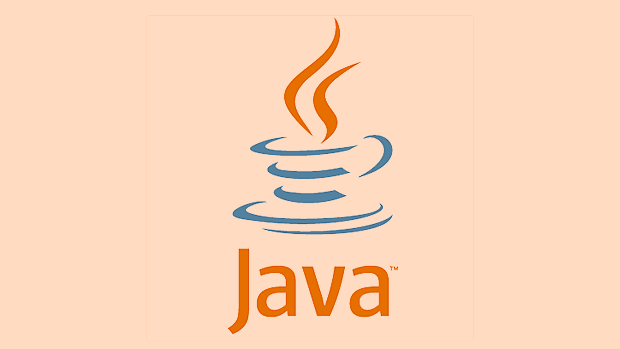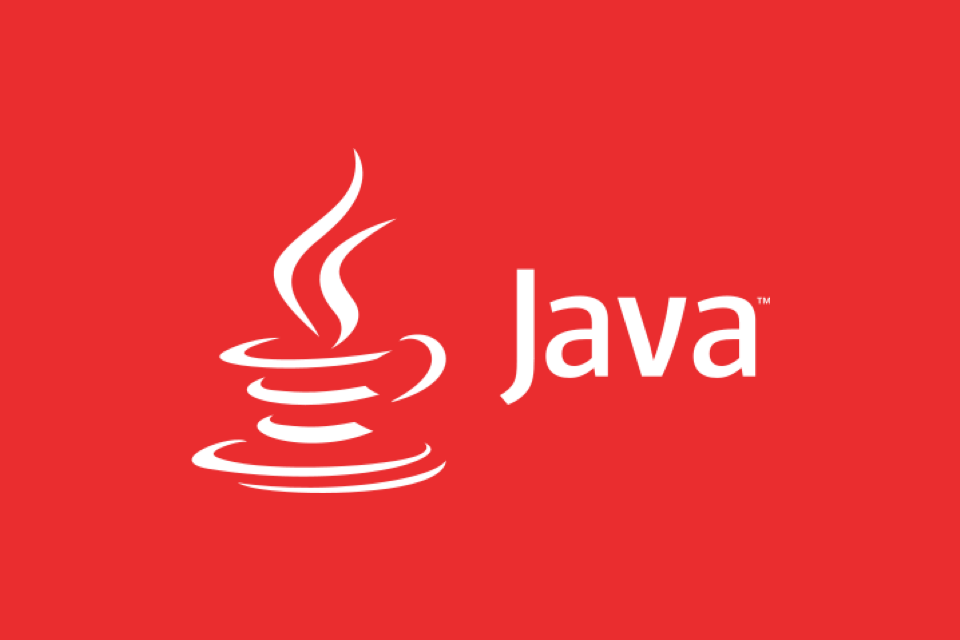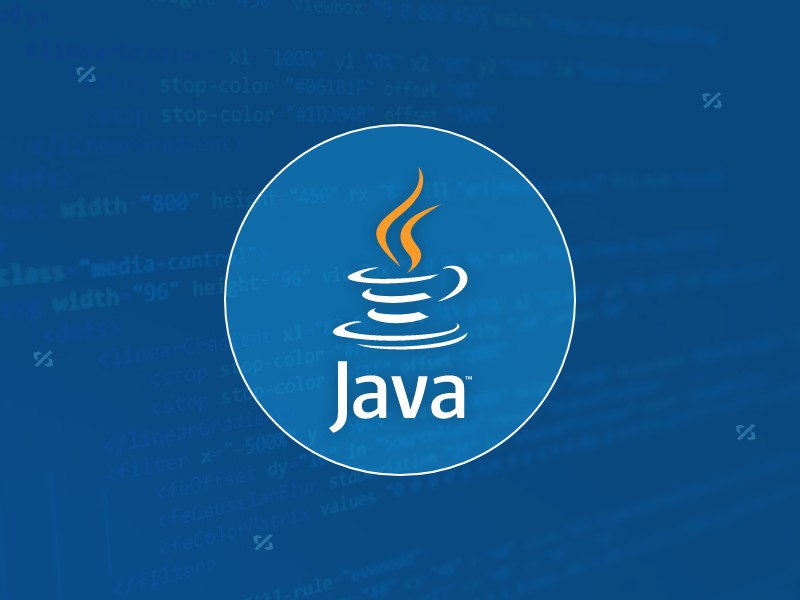Immutability of String Objects in Java Explained
Jul 04, 2025 am 12:42 AMStrings in Java are immutable for performance, security, and memory efficiency. 1. Immutability allows the JVM to optimize string pooling, reducing memory usage by reusing identical string objects. 2. Security is enhanced because mutable strings could be altered unexpectedly when passed to methods, risking vulnerabilities. 3. Any operation that appears to modify a string actually creates a new string object, leaving the original unchanged. 4. This behavior can impact performance during heavy string manipulation, making StringBuilder or StringBuffer more efficient alternatives. 5. Misconceptions include believing variable reassignment changes the string itself or confusing immutability with final classes. 6. Variables can reference different strings, but the internal state of a String object remains constant once created.

In Java, once you create a String object, its value can’t be changed. That’s what immutability means in this context. It might seem odd at first why strings are designed this way, but there's solid reasoning behind it.

Why Strings Are Immutable in Java
The main reason is performance, security, and the efficient use of memory. Because strings are used so heavily across Java applications, making them immutable allows the JVM to optimize things like string pooling. For example, if two variables have the same string content, they can safely point to the same object in the string pool instead of creating duplicates. This reduces memory overhead significantly.

Another big factor is security. Imagine passing a sensitive string (like a password or file path) to some method. If strings were mutable, that method could change the value unexpectedly, potentially leading to bugs or vulnerabilities. Since they're immutable, you always know what you’re working with hasn't been altered elsewhere.
How Immutability Affects String Manipulation
Because strings can't be changed, any operation that seems to modify a string actually creates a new one. So when you do something like:

String s = "Hello"; s = s " World";
You're not updating "Hello" — you're creating a brand new string "Hello World" and assigning it to s. The original "Hello" still exists in memory until garbage collected.
This behavior can lead to performance issues if you're doing a lot of concatenation in loops or heavy processing. In those cases, using classes like StringBuilder or StringBuffer makes more sense because they're designed for mutability and reduce unnecessary object creation.
So keep in mind:
- Simple string operations are fine
- Heavy manipulation? Use
StringBuilder - Avoid repeated concatenation inside loops
Common Misconceptions About String Immutability
A common misunderstanding is thinking that variable reassignment changes the string itself. But all it does is point the variable to a different String object. The original string remains untouched.
Also, some developers confuse immutability with final classes. While String is indeed a final class in Java (meaning you can’t extend it), immutability is more about the internal state being unchangeable, not just inheritance restrictions.
Another thing people sometimes miss: immutability applies only to the reference to the string content, not the variable. So you can change what a variable points to, but not the actual content of the object it originally pointed to.
Basically, Java made strings immutable as a trade-off for better performance, thread safety, and security. It might take a bit of getting used to if you're coming from other languages, but once you understand how it works under the hood, it starts to make a lot of sense.
The above is the detailed content of Immutability of String Objects in Java Explained. For more information, please follow other related articles on the PHP Chinese website!

Hot AI Tools

Undress AI Tool
Undress images for free

Undresser.AI Undress
AI-powered app for creating realistic nude photos

AI Clothes Remover
Online AI tool for removing clothes from photos.

Clothoff.io
AI clothes remover

Video Face Swap
Swap faces in any video effortlessly with our completely free AI face swap tool!

Hot Article

Hot Tools

Notepad++7.3.1
Easy-to-use and free code editor

SublimeText3 Chinese version
Chinese version, very easy to use

Zend Studio 13.0.1
Powerful PHP integrated development environment

Dreamweaver CS6
Visual web development tools

SublimeText3 Mac version
God-level code editing software (SublimeText3)

Hot Topics
 How to iterate over a Map in Java?
Jul 13, 2025 am 02:54 AM
How to iterate over a Map in Java?
Jul 13, 2025 am 02:54 AM
There are three common methods to traverse Map in Java: 1. Use entrySet to obtain keys and values at the same time, which is suitable for most scenarios; 2. Use keySet or values to traverse keys or values respectively; 3. Use Java8's forEach to simplify the code structure. entrySet returns a Set set containing all key-value pairs, and each loop gets the Map.Entry object, suitable for frequent access to keys and values; if only keys or values are required, you can call keySet() or values() respectively, or you can get the value through map.get(key) when traversing the keys; Java 8 can use forEach((key,value)->
 Java Optional example
Jul 12, 2025 am 02:55 AM
Java Optional example
Jul 12, 2025 am 02:55 AM
Optional can clearly express intentions and reduce code noise for null judgments. 1. Optional.ofNullable is a common way to deal with null objects. For example, when taking values ??from maps, orElse can be used to provide default values, so that the logic is clearer and concise; 2. Use chain calls maps to achieve nested values ??to safely avoid NPE, and automatically terminate if any link is null and return the default value; 3. Filter can be used for conditional filtering, and subsequent operations will continue to be performed only if the conditions are met, otherwise it will jump directly to orElse, which is suitable for lightweight business judgment; 4. It is not recommended to overuse Optional, such as basic types or simple logic, which will increase complexity, and some scenarios will directly return to nu.
 How to fix java.io.NotSerializableException?
Jul 12, 2025 am 03:07 AM
How to fix java.io.NotSerializableException?
Jul 12, 2025 am 03:07 AM
The core workaround for encountering java.io.NotSerializableException is to ensure that all classes that need to be serialized implement the Serializable interface and check the serialization support of nested objects. 1. Add implementsSerializable to the main class; 2. Ensure that the corresponding classes of custom fields in the class also implement Serializable; 3. Use transient to mark fields that do not need to be serialized; 4. Check the non-serialized types in collections or nested objects; 5. Check which class does not implement the interface; 6. Consider replacement design for classes that cannot be modified, such as saving key data or using serializable intermediate structures; 7. Consider modifying
 Comparable vs Comparator in Java
Jul 13, 2025 am 02:31 AM
Comparable vs Comparator in Java
Jul 13, 2025 am 02:31 AM
In Java, Comparable is used to define default sorting rules internally, and Comparator is used to define multiple sorting logic externally. 1.Comparable is an interface implemented by the class itself. It defines the natural order by rewriting the compareTo() method. It is suitable for classes with fixed and most commonly used sorting methods, such as String or Integer. 2. Comparator is an externally defined functional interface, implemented through the compare() method, suitable for situations where multiple sorting methods are required for the same class, the class source code cannot be modified, or the sorting logic is often changed. The difference between the two is that Comparable can only define a sorting logic and needs to modify the class itself, while Compar
 How to handle character encoding issues in Java?
Jul 13, 2025 am 02:46 AM
How to handle character encoding issues in Java?
Jul 13, 2025 am 02:46 AM
To deal with character encoding problems in Java, the key is to clearly specify the encoding used at each step. 1. Always specify encoding when reading and writing text, use InputStreamReader and OutputStreamWriter and pass in an explicit character set to avoid relying on system default encoding. 2. Make sure both ends are consistent when processing strings on the network boundary, set the correct Content-Type header and explicitly specify the encoding with the library. 3. Use String.getBytes() and newString(byte[]) with caution, and always manually specify StandardCharsets.UTF_8 to avoid data corruption caused by platform differences. In short, by
 How to parse JSON in Java?
Jul 11, 2025 am 02:18 AM
How to parse JSON in Java?
Jul 11, 2025 am 02:18 AM
There are three common ways to parse JSON in Java: use Jackson, Gson, or org.json. 1. Jackson is suitable for most projects, with good performance and comprehensive functions, and supports conversion and annotation mapping between objects and JSON strings; 2. Gson is more suitable for Android projects or lightweight needs, and is simple to use but slightly inferior in handling complex structures and high-performance scenarios; 3.org.json is suitable for simple tasks or small scripts, and is not recommended for large projects because of its lack of flexibility and type safety. The choice should be decided based on actual needs.
 Java method references explained
Jul 12, 2025 am 02:59 AM
Java method references explained
Jul 12, 2025 am 02:59 AM
Method reference is a way to simplify the writing of Lambda expressions in Java, making the code more concise. It is not a new syntax, but a shortcut to Lambda expressions introduced by Java 8, suitable for the context of functional interfaces. The core is to use existing methods directly as implementations of functional interfaces. For example, System.out::println is equivalent to s->System.out.println(s). There are four main forms of method reference: 1. Static method reference (ClassName::staticMethodName); 2. Instance method reference (binding to a specific object, instance::methodName); 3.
 Outlook shortcut for new email
Jul 11, 2025 am 03:25 AM
Outlook shortcut for new email
Jul 11, 2025 am 03:25 AM
How to quickly create new emails in Outlook is as follows: 1. The desktop version uses the shortcut key Ctrl Shift M to directly pop up a new email window; 2. The web version can create new emails in one-click by creating a bookmark containing JavaScript (such as javascript:document.querySelector("divrole='button'").click()); 3. Use browser plug-ins (such as Vimium, CrxMouseGestures) to trigger the "New Mail" button; 4. Windows users can also select "New Mail" by right-clicking the Outlook icon of the taskbar






